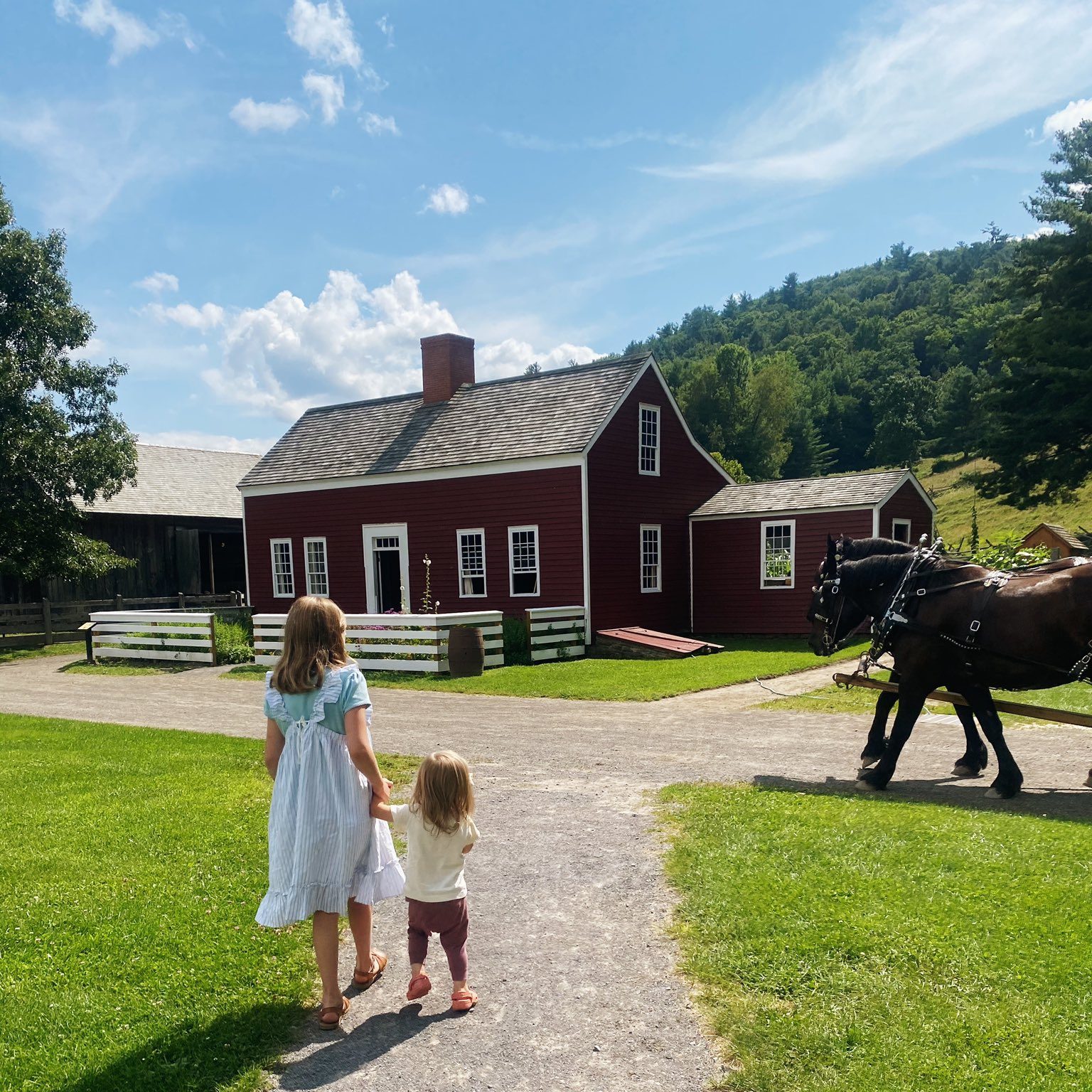Eric raised some good questions in the comments on my last post. I have been meaning to respond to those questions for some time (though not necessarily to answer them). Hopefully this response can make more clear a vision for the less-mechanized future that is inevitable.
In the last post I wrote that “natural-scale agriculture requires smaller farms than machine agriculture, which in turn means more farm families. The switch from human/animal agriculture to machine agriculture drove many farm families from their land and into the cities, and this process continues as the machinery gets bigger.” Let’s look at some of the numbers behind this. In 1900, over 50% of the US population lived on farms, meaning more than 38,047,000 people lived on farms. By 1990, this number had declined to 1.6% of the population, or 3,991,020 people.
If we assume that human scale farming would require roughly the same number of people living on farms as 1900, the would require about 34 million people moving to farms. I believe that a return to human-scale agriculture would actually require far more people than this to move to farms, but let’s use this number for now. That’s 34 million people whose food no longer has to be transported. A fair amount of those 34 million no longer have to drive to work either. This results in fresher food for those folks, plus significant saving in fuel and transportation costs.
However, a return to a human-scale agriculture cannot happen in a vacuum. It must be accompanied by a return to human-scale cities. These cities, by virtue of being human-scale, will be more numerous than current cities. Rather than shipping tomatoes across the continent in three days in a refrigerated Semi trailer, they will be transported to the local market in a horse-drawn wagon. Transportation will be drastically reduced, because the people will have been relocated to much closer to where the food comes from. This solves many of the “difficulties” of human-scale agriculture. Most of the others are solved by the personal attention that is absent in large-scale machine agriculture, but present in human scale agriculture.

To Eric and others,
“With that being said, I am one who does not think it is possible to sustain current population with human/animal agriculture.”
Maybe, but to know we’d have to measure concretely how much petroleum contributes to both calorie and nutrient production. Additionally we could measure concretely how much solar energy is actually converted in our current system and whether we could increase solar capture by a certain multiple to make up for the lost petroleum.
“Where is the line between permaculture/human scale agriculture and modern technological agriculture? If you cannot use modern well technology, you are losing a huge amount of output from the Plains.
Nationally and locally shoot for fresh water covering 3% of a given area. I debate whether petroleum should be used even for earthworks that serve to replenish surface and groundwater. If the maintenance costs would require ongoing petroleum then the cost is externalized and the earthwork should instead be built by ‘x’ people and maintainable by ‘x’ people indefinitely given the population stays constant at 2 kids per couple.
“Does human scale extend to transportation of goods to market? If so, you are going to lose a fair amount of output here. Or can a farmer use cars and reefers to get goods to market. Worldwide can a farmer ship crops to a different continent via cargo ships?”
Whatever my grandfather did in the 30’s. A farm could produce enough for a family of 8 on 40 acres.
“What about seeds? It is a no brainer that tomato seeds with Flounder DNA and “terminator” seeds that are edited to not reproduce should have no place in society. But what about rice fortified with iodine or wheat fortified with simple vitamins?”
I believe fortifications are unnecessary with a proper diet but wouldn’t necessarily be outlawed since it’s a question in the processing stage and not the crop-growing phase, and is therefore much less risky with less unintended consequences.
As a variation of question 1 above; there has been technology and machinery on farms for centuries. Looking back on US history, what time period should we look to in order to view a time when the technology they had met your definition of what we should have now. 1900, the pioneer days, or the colonial period?
As much as I enjoy the idea of electric fences, PVC, and steel t-posts, I’d reckon we could do without them. I’d say pre-Industrial revolution, early early 1800s.
Thank you for both Cade and Micky for your answers.
A human scaled city, even with a population of a million with no sea access for fishing, can be fed completely by the 7 mile radius beyond the city limits with human scale agriculture. Going back to human-scale solves a lot of fragility created by economies of scale.
An important piece of agricultural machinery isn’t even on the modern farm: the fertilizer plant. Stranded natural gas is turned into ammonium nitrate fertilizer and shipped all over the world. Without phosphates mined and shipped with fossil fuel and ammonium nitrate, modern agriculture stops even with the machines on the farm.